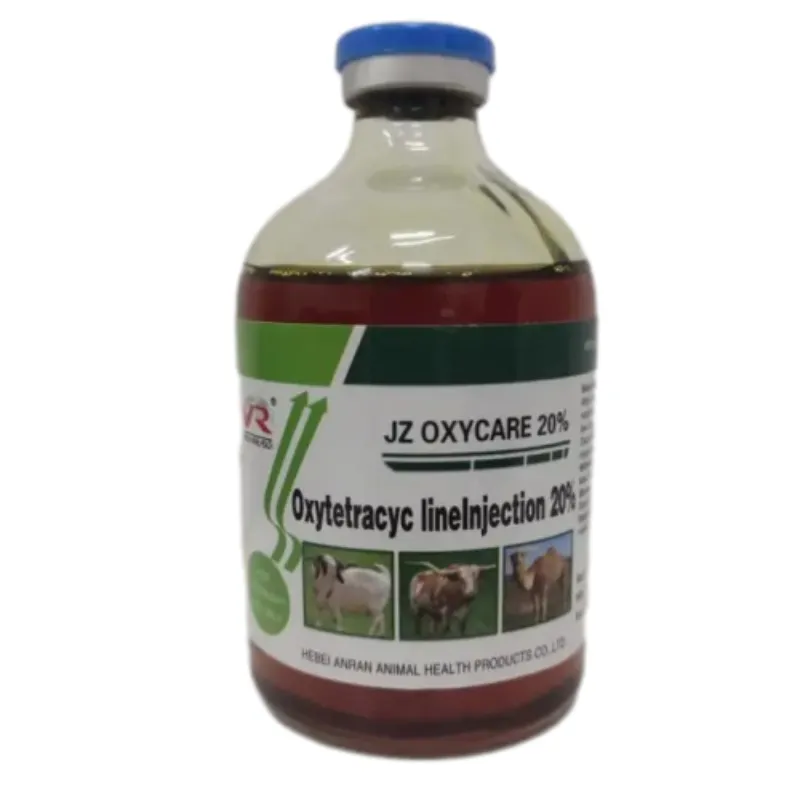- Afrikaans
- Albanian
- Amharic
- Arabic
- Armenian
- Azerbaijani
- Basque
- Belarusian
- Bengali
- Bosnian
- Bulgarian
- Catalan
- Cebuano
- Corsican
- Croatian
- Czech
- Danish
- Dutch
- English
- Esperanto
- Estonian
- Finnish
- French
- Frisian
- Galician
- Georgian
- German
- Greek
- Gujarati
- Haitian Creole
- hausa
- hawaiian
- Hebrew
- Hindi
- Miao
- Hungarian
- Icelandic
- igbo
- Indonesian
- irish
- Italian
- Japanese
- Javanese
- Kannada
- kazakh
- Khmer
- Rwandese
- Korean
- Kurdish
- Kyrgyz
- Lao
- Latin
- Latvian
- Lithuanian
- Luxembourgish
- Macedonian
- Malgashi
- Malay
- Malayalam
- Maltese
- Maori
- Marathi
- Mongolian
- Myanmar
- Nepali
- Norwegian
- Norwegian
- Occitan
- Pashto
- Persian
- Polish
- Portuguese
- Punjabi
- Romanian
- Russian
- Samoan
- Scottish Gaelic
- Serbian
- Sesotho
- Shona
- Sindhi
- Sinhala
- Slovak
- Slovenian
- Somali
- Spanish
- Sundanese
- Swahili
- Swedish
- Tagalog
- Tajik
- Tamil
- Tatar
- Telugu
- Thai
- Turkish
- Turkmen
- Ukrainian
- Urdu
- Uighur
- Uzbek
- Vietnamese
- Welsh
- Bantu
- Yiddish
- Yoruba
- Zulu
វិច្ឆិកា . 27, 2024 18:24 Back to list
Effective Disinfectants for Keeping Your Pet Areas Clean and Safe
Disinfectants for Pet Areas Ensuring a Safe and Clean Environment for Your Furry Friends
As pet owners, we cherish the companionship and joy that animals bring to our lives. However, ensuring a clean and safe environment for them is crucial for their health and well-being. Pets, just like humans, can be susceptible to various pathogens and diseases, which is why maintaining a hygienic living space is essential. One vital aspect of this cleanliness is the use of disinfectants specifically designed for pet areas.
Why Disinfecting Pet Areas Is Important
Pets are naturally curious and tend to explore their surroundings using their noses and mouths. This behavior can expose them to harmful bacteria, viruses, and parasites, which can lead to health issues ranging from mild to severe. Regularly disinfecting areas where pets live, play, and eat helps mitigate these risks.
1. Preventing Diseases Pets can carry parasites like fleas and ticks or contagious diseases such as kennel cough and parvovirus. Disinfecting surfaces can significantly reduce the risk of transmission and keep your pets healthy. 2. Controlling Odors Disinfectants not only kill germs but also help eliminate unpleasant odors associated with pets. Maintaining a fresh-smelling environment contributes to the overall comfort of both pets and their owners.
3. Reducing Allergens Pet dander, urine, and feces can contribute to indoor allergens. Regular cleaning and disinfecting can help minimize these allergens, creating a more comfortable environment for allergy sufferers.
Choosing the Right Disinfectant
When it comes to disinfecting pet areas, it is crucial to select a safe and effective product. Here are some key factors to consider
1. Pet-Safe Ingredients Always look for disinfectants labeled as pet-safe. Many harsh chemicals found in traditional cleaning products can be harmful to pets if ingested or inhaled. Opt for products that are free from toxic substances like ammonia, bleach, and phenols.
2. Effectiveness Against Pathogens Ensure that the disinfectant you choose is effective against a broad spectrum of pathogens, including bacteria, viruses, and fungi. Check for products that are registered with regulatory agencies like the Environmental Protection Agency (EPA) to ensure they meet safety and efficacy standards.
disinfectant for pet areas

3. Natural Alternatives For those who prefer a more natural approach, there are several non-toxic disinfectant alternatives available. Products containing essential oils, vinegar, or hydrogen peroxide can effectively sanitize pet areas without the risk of harmful chemicals.
Best Practices for Disinfecting Pet Areas
To achieve optimal results when disinfecting spaces used by your pets, consider the following best practices
1. Regular Cleaning Schedule Create and stick to a regular cleaning schedule. Depending on the number of pets and their activities, you might need to disinfect daily, weekly, or bi-weekly. High-traffic areas, like feeding stations and litter boxes, should be prioritized.
2. Preparation Before applying disinfectants, remove all items from the area, including food and water bowls, toys, and bedding. This ensures that the disinfectant can efficiently penetrate surfaces.
3. Proper Application Follow the manufacturer's instructions on how to apply the disinfectant. Some products may require a specific contact time to kill germs effectively. Always ensure the area is well-ventilated during application and that you wear gloves if necessary.
4. Safe Drying After disinfecting the areas, allow surfaces to dry completely before reintroducing your pets. This ensures any residue left behind is minimal and not harmful.
5. Monitoring After cleaning, keep an eye on your pets for any signs of distress or unusual behavior. While using pet-safe products reduces risks, it’s still important to monitor their reactions.
Conclusion
Maintaining a clean and disinfected environment for your pets is an essential aspect of responsible pet ownership. By selecting appropriate disinfectants and following best practices, you can create a safe space that promotes the health and happiness of your furry friends. Regular cleaning not only protects them from harmful pathogens but also contributes to a pleasant living experience for everyone in the household. With the right approach, you can ensure that your home remains a happy, healthy haven for your beloved pets.
-
Guide to Oxytetracycline Injection
NewsMar.27,2025
-
Guide to Colistin Sulphate
NewsMar.27,2025
-
Gentamicin Sulfate: Uses, Price, And Key Information
NewsMar.27,2025
-
Enrofloxacin Injection: Uses, Price, And Supplier Information
NewsMar.27,2025
-
Dexamethasone Sodium Phosphate Injection: Uses, Price, And Key Information
NewsMar.27,2025
-
Albendazole Tablet: Uses, Dosage, Cost, And Key Information
NewsMar.27,2025













